How two countries handle illness prevention
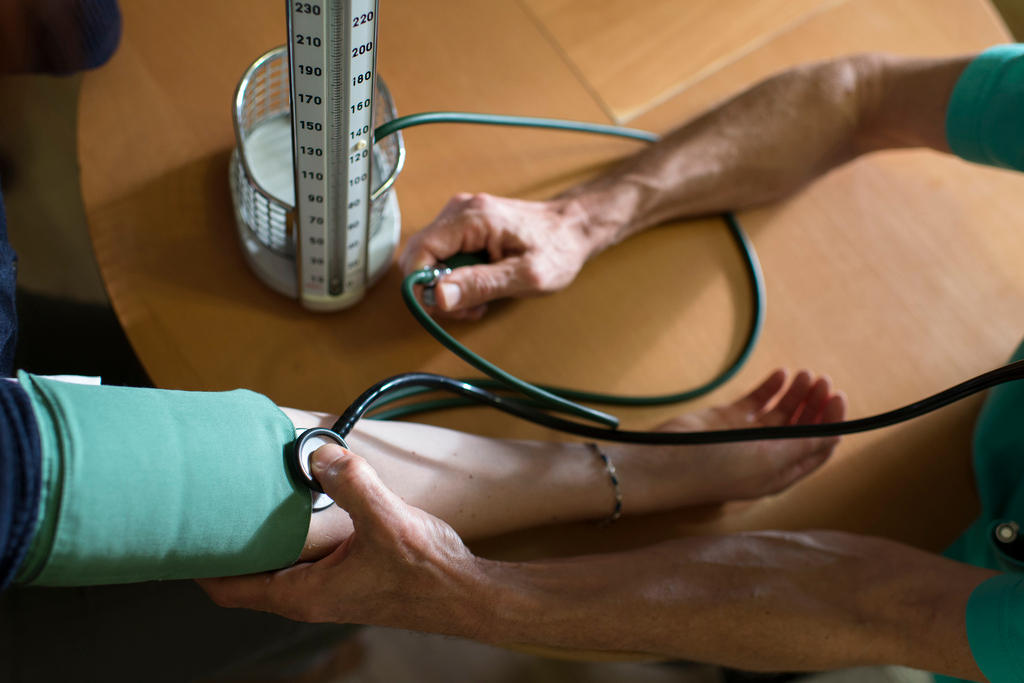
Preventing or addressing an early-stage medical condition is a big piece of the health care puzzle. But the practice is sporadic in both the US and Switzerland.
In our previous articles on American and Swiss health care, much of the focus has been on the costs, consequences, and construction of health care delivery systems in the US and Switzerland. That’s to say, we’ve mostly worried about the particulars of a patient getting treatment for conditions.
But health care is not just provided once a condition is diagnosed, or an injury needs treatment.
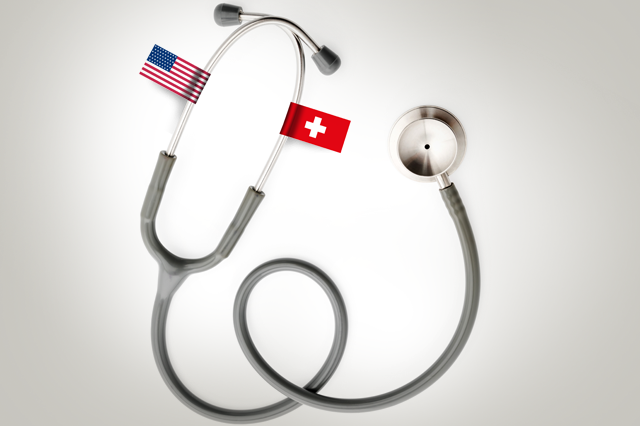
Preventive medicine is also a big piece of the puzzle. Health care screenings, vaccinations or education campaigns all add to a longer view of health care delivery. It’s not just about visiting a doctor for treatment; it’s also about living with healthy habits and periodically getting checked out to make sure nothing is developing.
Pay now, save later
Proponents credit preventive medicine with lowering costs and helping improve health outcomes over time. A 2006 studyExternal link concluded that focusing on things like tobacco cessation programs and daily aspirin use would have led to longer lives and $3.7 billion in US health care savings. Similarly, a study in Switzerland showed that smoking contributesExternal link 11% of total years of life lost due to illness and premature deaths in the country. It also estimated that prevention in this area alone could save an estimated CHF540 million ($562 million) to CHF900 million a year.
Not everyone buys the cost savings argument, since some say thatExternal link preventive care also costs money, and just because you screen for an ailment doesn’t mean it will be caught early and save expensive care options down the road. But it is clear that non-communicable diseases (NCDs), such as cancer or diabetes, cost health care systems dearly: in Switzerland, they swallow some 80% of total health costsExternal link each year.
Preventive care is about the long game, and about minimizing risk for big health surprises. One exampleExternal link is a program from a US community group that coached pre-diabetic people about healthy eating strategies and physical activity. They lost 5-7% of their body weight, lowering the risk of contracting full-blown diabetes. Paying for exercise and dietary advice is cheaper than paying to manage diabetes.

Concrete actions
This is one reason the Affordable Care Act, dubbed Obamacare, had a preventive medicine provision. By requiring mandatory for most private insurance plansExternal link to include screenings, vaccinations, or wellness benefits, overall care costs could be brought down.
In Switzerland, legislators have tried since the 1980s to pass a federal law on health prevention and promotion, but failed, most recently in 2012External link. The lack of a legal basis for federal action has been a significant barrier for making progress on preventing NCDs, which affect a quarter of the Swiss population, and mental health illnesses. This means that cantons have been left to decide which actions, if any, to take in preventive care for a host of conditions ranging from cardiovascular disease to suicide.
The resulting patchwork efforts are evident in screening for cancer, which lacks national coordination and oversight, despite the disease being the second-biggest killer in Switzerland. The Swiss Cancer LeagueExternal link recommends, for instance, that women over 50 get screened for breast cancer. Yet organized screening programmes specifically encouraging people in this age group to get a mammography done every two years are currently only available in 12 of 26 cantonsExternal link.
Claudia Weiss, head of the Swiss umbrella organizationExternal link for cancer screening, told swissinfo.ch that screening programmes ensure more equitable access. They also bring down costs for both the health care system and the patient, who pays only the 10% retention fee (or co-pay) for the test.
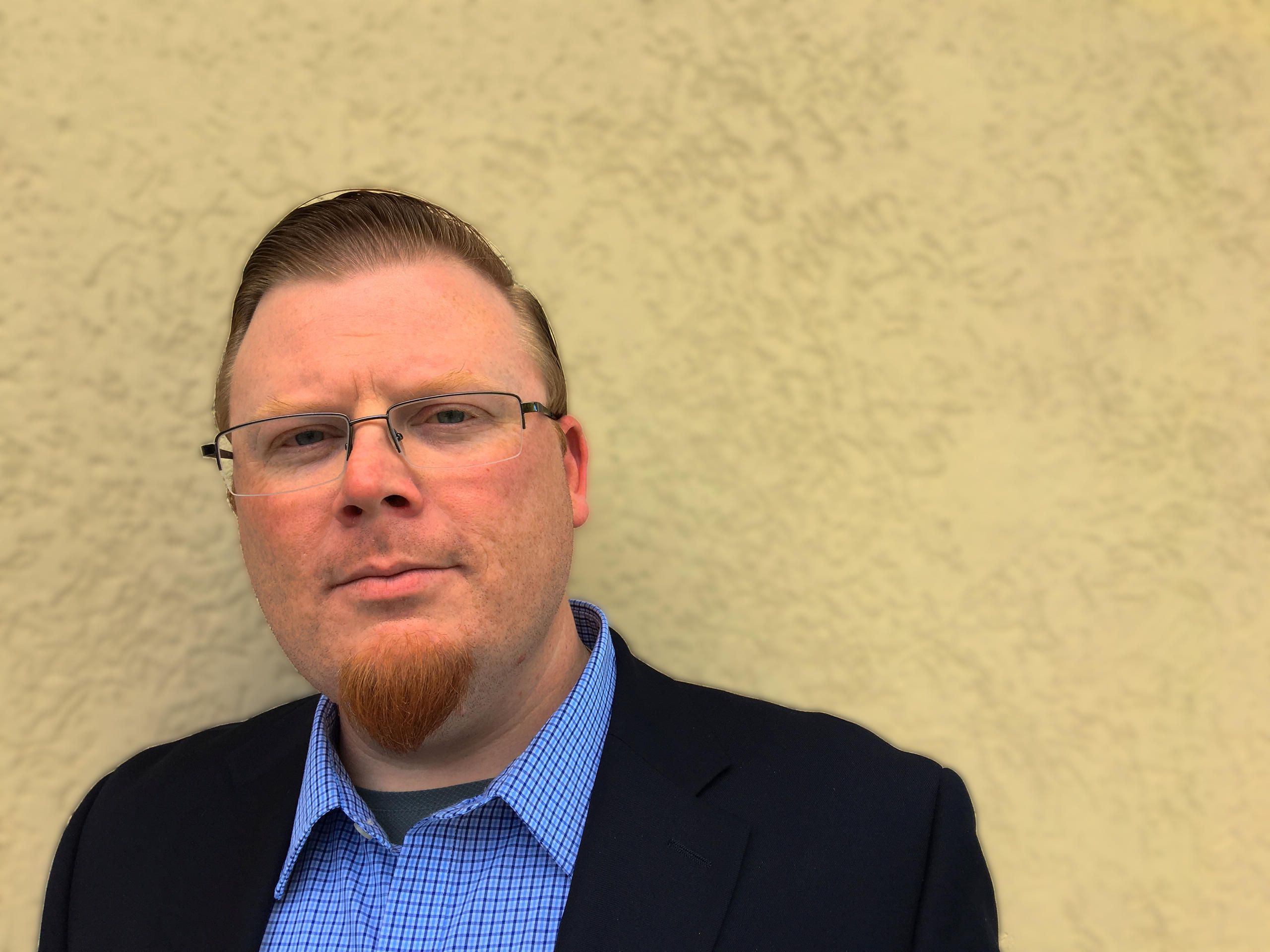
In many cases, preventive services in the US are provided without any “cost-sharing,” or the requirement of a co-pay above what the patient pays in an insurance premium. But there are situationExternal links that can draw added out-of-pocket costs, like if the treatment is with an out-of-network provider, or if it was administered as an add-on to another visit.
More systematic prevention
Still, preventive medicine is not routine for many in the United States or Switzerland, especially for low-incomExternal linke earnersExternal link. Cost, or the perception of cost, External linkis enough to keep many peopleExternal link from inquiring about services. Another challenge is educating people about concrete health benefits for screenings, healthy lifestyle choices, or vaccinations, for example.
These are some of the reasons why the Swiss government, together with the cantons and several NGOs, has launched a multi-year National Prevention StrategyExternal link targeting non-communicable illnesses. The strategy recognizes the effectiveness of prevention, and is an attempt to maximise existing efforts across the country, encourage more systematic prevention within care services, and reach out to vulnerable groups, including low-income and migrant households.
What makes preventive medicine strategies a hard sell is that cost savings are not immediate. There is some investment in care now, to prevent larger investments in treatment later.
Switzerland may have one of the most expensive health care systems worldwide, but one area where spending is relatively low is preventive care. Around 2.2% of total health expenditures, or the equivalent of CHF1.5 billion from a combination of public and private contributionsExternal link, goes to prevention, compared with the OECD average of 3.1%, which is also how much the US spends (2013 figures).
Each Swiss resident also makes a direct yearly contribution to prevention in the amount of CHF3.60, which goes to Promotion Santé SuisseExternal link, a prevention and health promotion body that’s heavily involved in the National Prevention Strategy.
Ask a question about the Swiss and US health care systems and we may cover it in this series:

In compliance with the JTI standards
More: SWI swissinfo.ch certified by the Journalism Trust Initiative













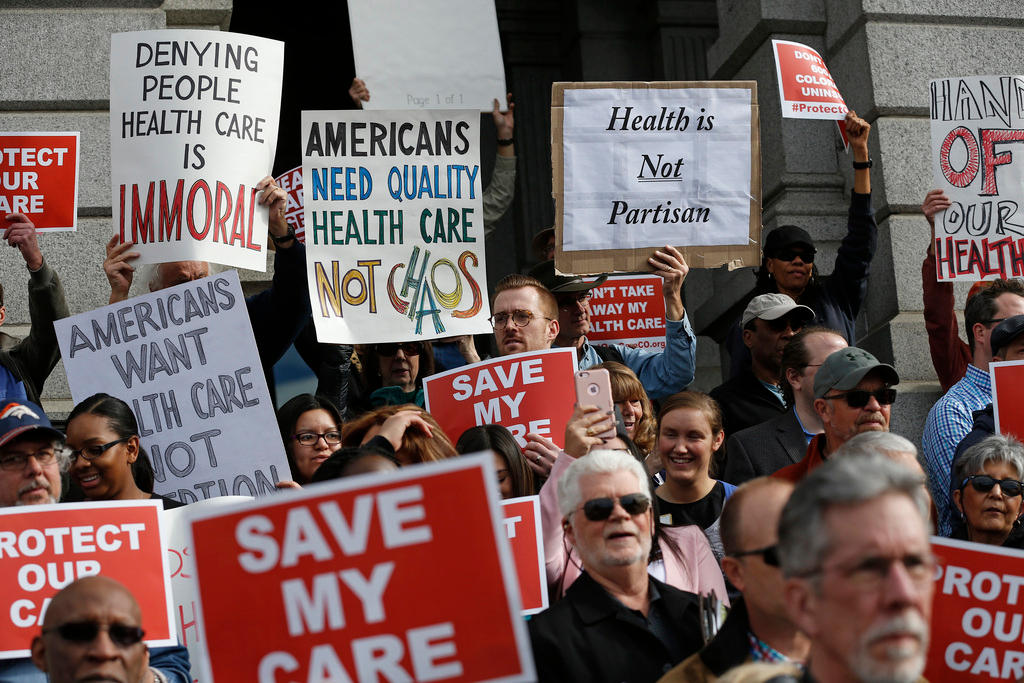
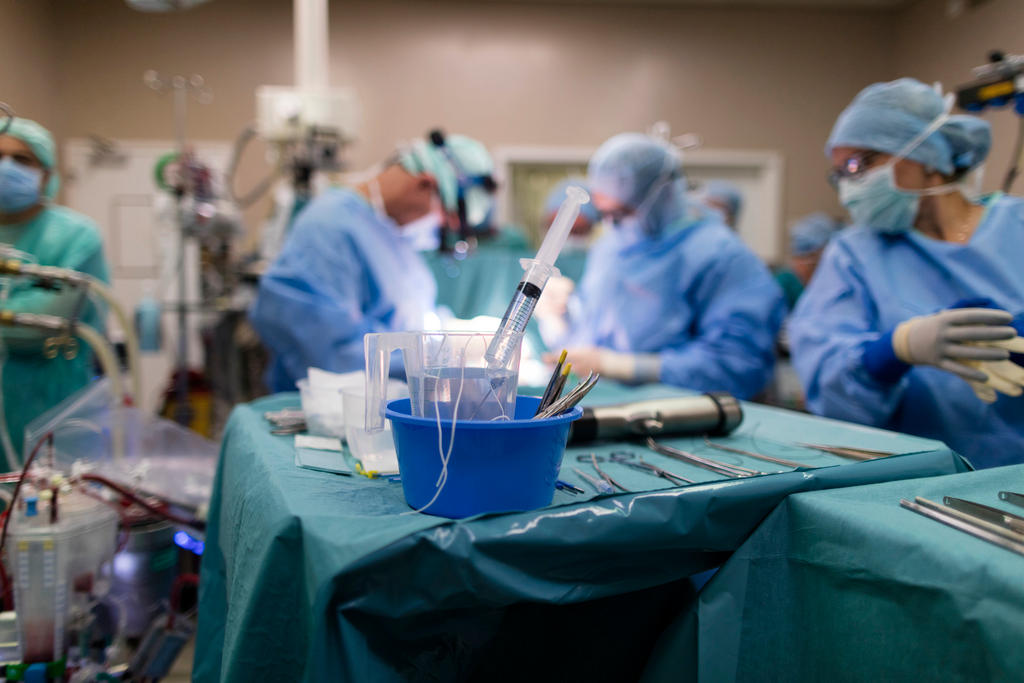
You can find an overview of ongoing debates with our journalists here . Please join us!
If you want to start a conversation about a topic raised in this article or want to report factual errors, email us at english@swissinfo.ch.